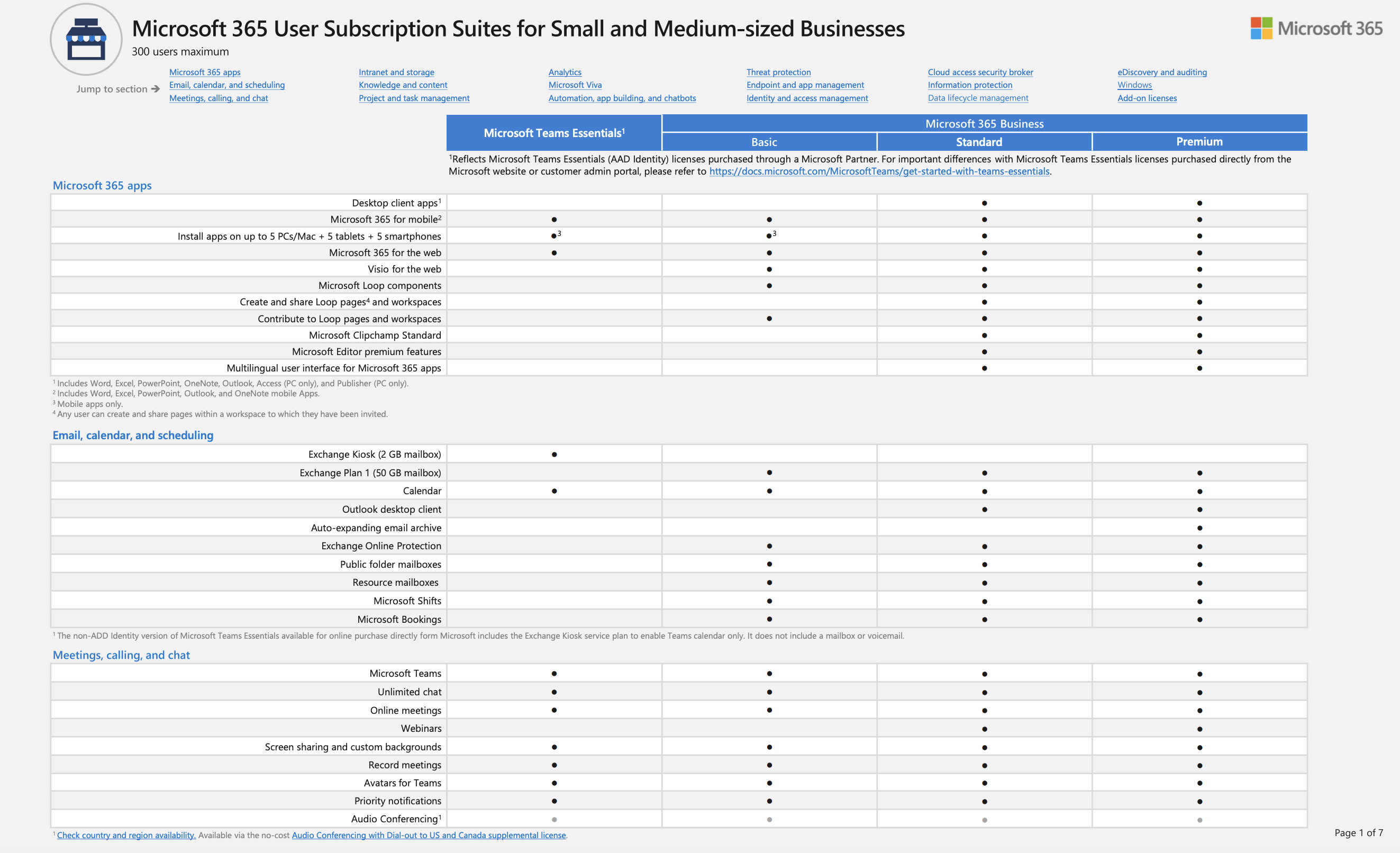The complexities of IT can be likened to a ticking time bomb. Minor adjustments or additions, though seemingly harmless at first, can evolve into a tangled mess, complicating management and causing inefficiencies and potentially an open door for cyber criminals.
The principle to adhere to is: Keep IT simple. Let’s explore some examples of what I’m talking about….
Cabling: Over time, cabling can get complicated, especially when new additions are made ad-hoc. While I understand the challenges that come with inherited infrastructure or budget constraints, consider future-proofing. With the rise in VoIP handsets, multiple network cards, and the increasing number of devices, it’s wise to invest in a more centralised cabling system aiming for a single comms cabinet with as few switches as possible. Not only does it simplify troubleshooting, but it also reduces risk when working in the cabinet and decreases the overall costs in the long run. Additionally, don’t worry too much about having too many network points; they’ll likely be utilised as technology and needs evolve, ensuring you avoid random and potentially disruptive add-ons in the future.
Servers & Cloud: A jumbled mix of server and cloud services can be a nightmare. Take a step back, evaluate your needs, and consolidate. Not only does reducing the number of servers save energy and IT support costs, but it also streamlines data access, backup, and restoration. Think simplicity: one main storage location, with a clear backup strategy. Additionally, with platforms like Microsoft 365 becoming increasingly feature-rich, it’s worth re-evaluating your software subscriptions. Many functionalities that separate subscriptions offer might already be included in your Microsoft 365 package. For instance, M365 provides anti-virus, anti-spam, online questionnaires with Forms, newsletters through Sway, video meetings via Teams, and the list continues. Ensure you aren’t unnecessarily doubling up on services and costs.
Wireless: Gone should be the days of mismatched access points and SSIDs. Embrace a structured Wi-Fi setup. With the right system, you can offer seamless connectivity across both your offices and warehouse, a smooth and seamless user experience and really ramp up your cyber defences. And the best part? Achieving this level of efficiency and security doesn’t have to break the bank.
Backups: Backups shouldn’t be complicated. Focus on full, daily backups adhering to the 3-2-1 rule. Then, drill down to specifics like application-level backups. The keyword here is clarity: clarity in responsibility, clarity in vendors, and clarity in backup strategy.
One username, one password, for all resources: Imagine the convenience of one username and one password to unlock all your digital resources. While this might not be achievable across the board, it’s a worthy aspiration. This approach not only elevates the IT experience for your staff but also fortifies security measures. A straightforward step towards this is integrating your on-premise Active Directory with platforms like Google Workspace or Microsoft 365.
Licensing: It’s surprising how many companies are either under-licensed, over-licensed, or simply mismatched. Regularly reviewing and streamlining licenses can lead to cost savings and better use of your software, and you’ll also avoid unexpected expenses that arise from license shortfalls.
Data Management: With regulations like GDPR in place, it’s imperative to know where your data resides. If your data is scattered everywhere, you’re setting yourself up for compliance nightmares and potential breaches.
The Advantages of Keeping IT Simple:
- Cost Awareness & Control: Simplicity leads to predictable costs and avoids unexpected financial surprises.
- Technical Efficiency: Fewer complications mean faster issue resolutions.
- User Productivity: When systems are easy to understand, users can get more out of them.
- Data Protection: A simplified structure of data reduces vulnerability points.
- Scalability: Growth is much more seamless when your IT infrastructure is streamlined.
While the initial costs of simplifying might seem daunting, the long-term benefits are clear. Not only does it offer a more efficient and manageable IT system, but it also sets the foundation for growth, security, and overall productivity.
In the world of IT, as in life, sometimes less is more. So, take a moment, review your current setup, and ask yourself: can this be simpler? Chances are, the answer is yes.



